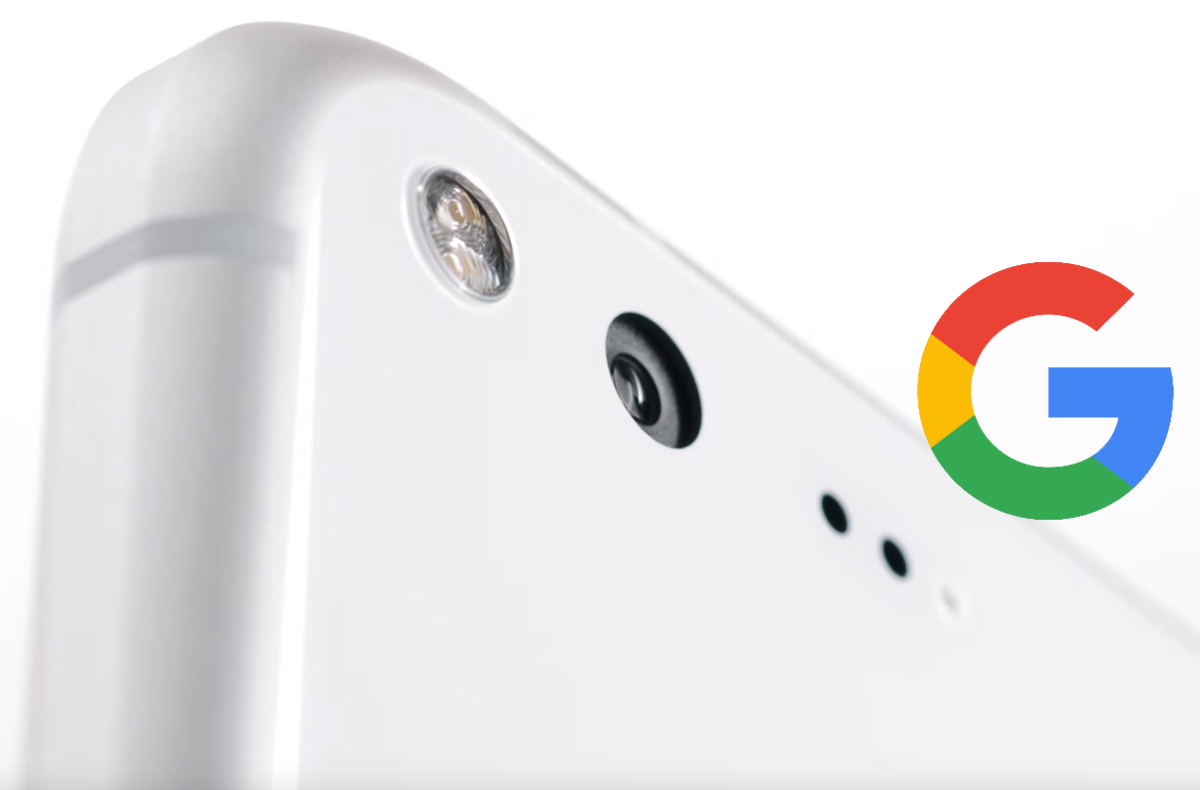While talking about the new Pixel devices, Google did not focus too much on the charging capabilities of the devices. While not exactly the a make-or-break anyway, the charging and battery spec on the Pixel phones do follow along the rest of the hardware in that it is flagship-grade indeed.
Independent tester of all claims USB, Nathan K, known previously for testing out the chargers on the Nexus 5X and Nexus 6P and for educating users on how non-compliant USB Type-C chargers can damage your hardware, found that the marketing material on the Google Pixel was a bit misleading on what it promised and what the product delivered.
The smaller 5" Google Pixel does not charge at 18W during normal use, despite the phone being advertised as being capable of so. As Nathan found out, the Pixel is functionally capped at 15W (5V/3A) for charging under normal circumstances. USB Power Delivery chargers, such as the 18W charger provided in the box with the Pixel, will still be restricted to 5V (15W) charging. Only in instances where the phone is forced to utilize higher voltage, like with some smart PD-based charging hubs, the phone will switch to 9V (18W).
Nathan does clarify that this will have no effect on a user's daily usage of the phone. Both the charger supplied in the box, and the phone itself, are safe to use and will continue to function as expected from top tier Android devices. What changes is that the peak charging speed of the Pixel will be a bit lower when compared to that of the Pixel XL. The bigger Google phone likely conforms to the 18W charging through the stock charger, meaning that its peak charging speed will ordinarily be higher than the Pixel. Practically, peak charging speeds are not maintained for long during normal charging habits, and certainly not when phones are being used.
AndroidPolice reached out to Google to seek clarification on this issue, to which they responded by correcting the product page to read as 15W-18W charging. They did not mention any reason behind the limitation, but Nathan speculates that this limitation is imposed out of thermal concerns.
What are your thoughts on the issue? Let us know in the comments below!

